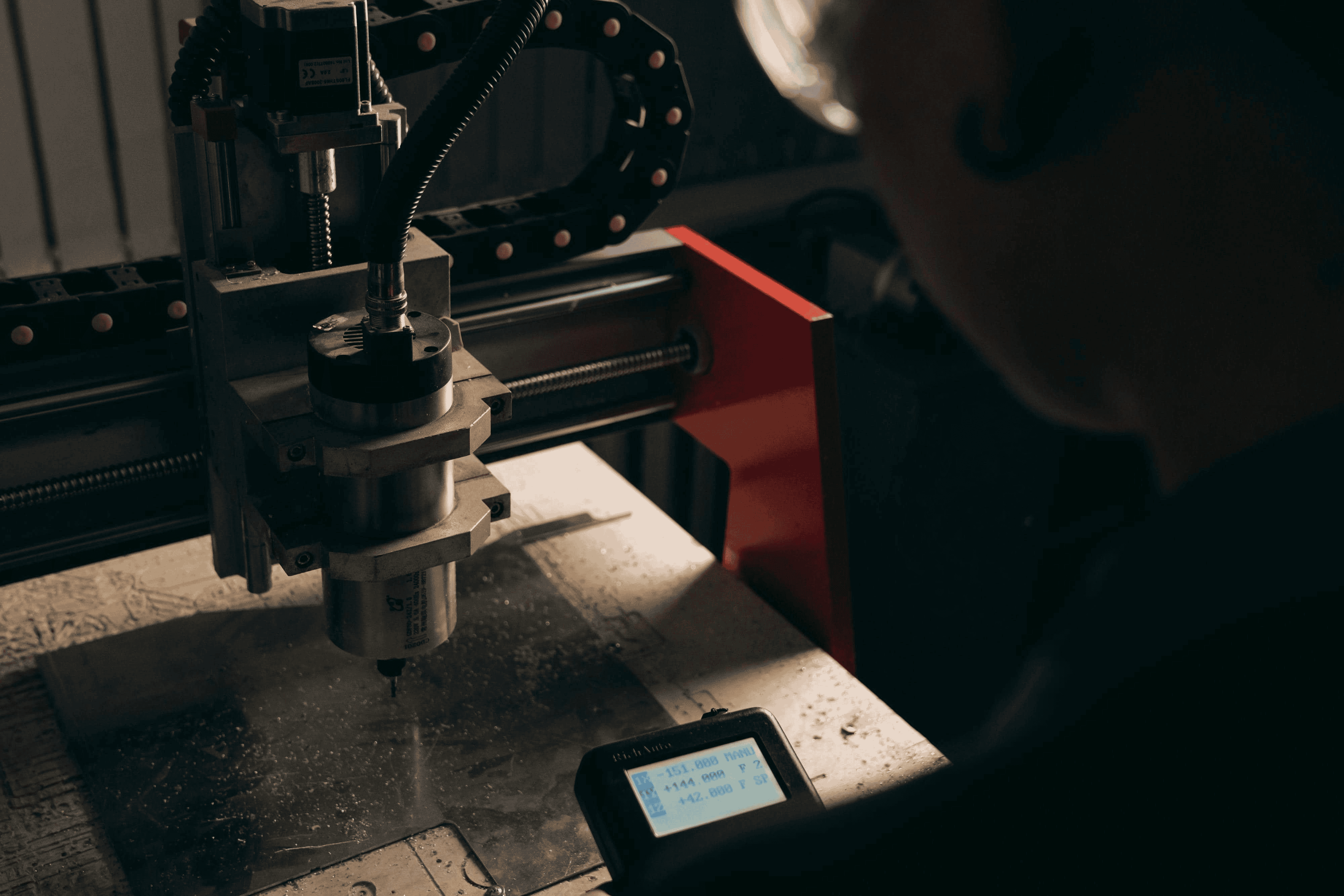Custom Fabrication

Sheet metal fabrication turns flat stock into functional parts through cutting, forming, and joining. Designers start with thickness, alloy type, and target tolerance, then plan bend lines, fasteners, and finish. The best outcomes come from matching process to material. Laser or waterjet handles complex profiles, while press brake work sets geometry and stiffness. Welds or mechanical fasteners close the loop and lock in strength.
Uniform thickness simplifies repeatability. Gauge converts to decimal thickness, and that thickness influences minimum bend radius. Bend radius and grain direction are tied to cracking risk. A tighter radius needs a softer alloy or a thinner sheet. When the geometry is set, tolerances must account for springback and tool wear. Good drawings specify both target dimensions and acceptable range.
Cutting methods set the edge quality. Laser cutting is fast and precise with a narrow heat zone on steel and stainless. Waterjet avoids heat and keeps temper intact on aluminum or laminated materials. Punching excels at repetitive shapes and louvers. Press brakes form flanges, hems, offsets, and boxes. The K factor and bend allowance guide flat pattern size so the finished part hits dimension.
Plan holes away from bend lines to avoid distortion. Use consistent inside radii to control springback. Add reliefs where flanges meet to prevent tearing. If the part needs stiffness, include beads or ribs that add strength without more thickness. These choices lower cost while improving durability.
Joining methods must match the fabrication material. MIG is efficient on mild steel. TIG delivers clean control on thin stainless or aluminum. Spot welding joins overlapping sheets with speed on production work. Rivets and clinch fasteners add serviceability where heat is not welcome. Structural adhesives reduce distortion and isolate dissimilar metals to improve corrosion performance. The design should show joint type, weld size, and access for tools.
Selecting the right metal fabrication materials starts with the job environment. Mild steel is strong and economical. It takes paint or powder well and machines cleanly. Stainless resists corrosion and heat. It is ideal for marine, food, or medical settings. Aluminum is light, conductive, and naturally corrosion resistant. Its lower density cuts mass in moving parts and vehicles. Brass and copper bring formability, visual warmth, and electrical performance. Galvanized and galvannealed coatings add corrosion resistance at the coil stage and change how the surface accepts paint.
Each fabrication material behaves differently in the brake and at the weld. Mild steel can take tight radii. Some stainless grades work harden and need a larger bend radius. Aluminum prefers larger radii and careful heat control to prevent distortion. Factor these traits into bend reliefs, flange height, and joint placement.
Finish is not just for looks. Powder coat gives a tough shell and hides minor surface marks. Anodize hardens and colors aluminum while keeping a crisp look. Passivation cleans and protects stainless. E coat reaches hidden areas and supports complex assemblies. Surface prep matters. A cleaner surface improves coating adhesion and long term corrosion resistance.
Cost control comes from smart choices. Reduce part count with tabs and slots that self locate. Use common bend radii to limit tool changes. Keep tolerances as open as function allows. If a face is cosmetic, protect it with film through fabrication. For structural needs, spec the right grade so thickness stays lean. Good decisions upstream save time, scrap, and money on the floor.
When your drawing is ready to move, a capable shop turns that concept into real parts with the right fabrication material, process, and finish. OZK Customs works with laser cut parts, precision press brake forming, and clean welds that stand up to travel and weather. If your design demands a specific alloy or coating, we align the process plan with that requirement so the finished components fit and function the first time.
Our team in Fayetteville Arkansas builds parts and assemblies for adventure platforms, overland gear, and commercial applications. Whether you need a stainless galley panel, an aluminum bracket set, or a powder coated steel rack, we translate specs into durable parts. Explore our custom fabrication page to see how we approach complex builds from material selection through finishing. For a deeper view of capabilities, review our fabrication services overview to understand cutting, forming, and welding options that match your design. If you are comparing providers, this summary explains our standards and support model in why choose OZK Customs.
Sheet metal fabrication materials for precision custom builds in Fayetteville Arkansas at OZK Customs
Bring your print, material callouts, and target finish. We will recommend the fabrication material that meets your environment, weight target, and budget. Then we will propose a process plan with clear lead times and quality checkpoints. The result is a clean fit, a consistent finish, and parts that look as good as they perform.
Ready to turn drawings into durable metal parts built for real road miles and hard use. Share your timeline and goals. Our Fayetteville Arkansas team will review your file, recommend a smart material and finish, and quote a build plan that balances cost, performance, and lead time.
ADDRESS:
6159 E Huntsville Rd, Fayetteville, AR 72701
PHONE:
(479) 326-9200
EMAIL:
info@ozkvans.com